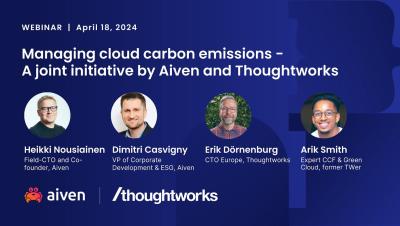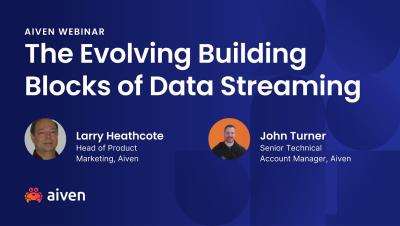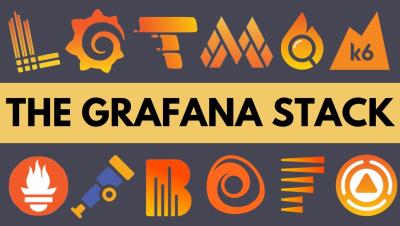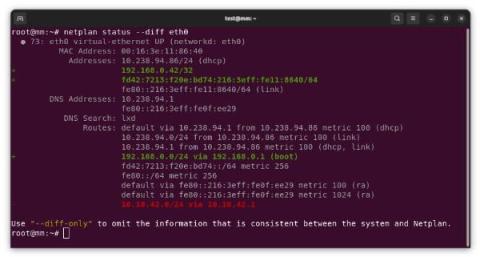When Your Open Source Turns to the Dark Side
Not that long ago, in a galaxy that isn’t remotely far away, a disturbance in the open source world was felt with wide-ranging reverberations. Imagine waking up one morning to find out that your beloved open source tool, which lies at the heart of your system, is being relicensed. What does it mean? Can you still use it as before? Could the new license be infectious and require you to open source your own business logic? This doom’s day nightmare scenario isn’t hypothetical.











